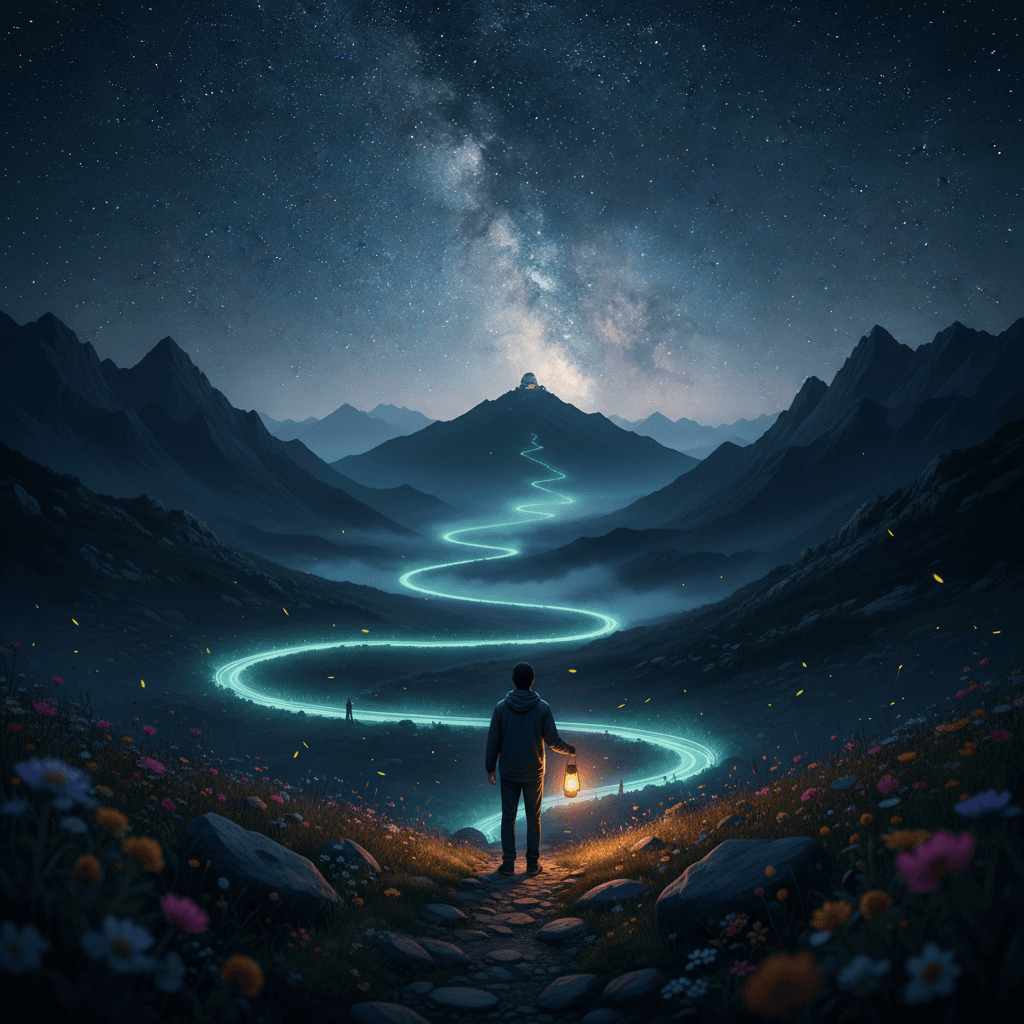Curiosity’s Lantern: From Doubt Toward Discovery

Let your curiosity light the path from doubt to discovery. — Confucius
A Torch Against Uncertainty
At first glance, the aphorism urges us to treat curiosity not as idle appetite but as illumination. Doubt, in this view, is not a dead end; it is the dusk before insight. While the exact wording is modern, the spirit resonates with Confucius’s teachings: knowledge begins by acknowledging ignorance and moving toward understanding through disciplined learning (Analects 2.17). Thus, curiosity functions as a lamp—not to banish uncertainty outright, but to render it navigable. By reframing doubt as a starting point rather than a flaw, the saying invites a brave, methodical engagement with what we do not yet know.
From Doubt to Good Questions
Building on that foundation, curiosity turns vague unease into focused inquiry. Confucius links wisdom to honest appraisal: to admit what one does not know is the first step of knowing (Analects 2.17). Doubt becomes productive when it births clear, testable questions—“What evidence would change my mind?” or “Which assumption hides in plain sight?” This transformation recasts uncertainty from a threat into a tool, much as craftsmen sharpen steel into a chisel. In doing so, curiosity disciplines the mind: it insists on specificity, seeks disconfirming evidence, and prefers clarity over comfort.
Historical Echoes and Cross-Cultural Parallels
In turn, this movement from doubt to discovery echoes across traditions. In Plato’s Apology (c. 399 BC), Socrates famously claims that recognizing one’s ignorance is wisdom’s seed, a stance akin to Confucius’s sober humility. Later, the Great Learning outlines “investigation of things” (gewu) as a path to extending knowledge and rectifying intention (Daxue, classical text; Zhu Xi’s commentary, 12th century). Both strands converge on a shared intuition: inquiry is ethical as well as intellectual, because it clarifies how to live well. Curiosity, then, is not mere novelty-seeking; it is a disciplined pursuit that aligns the mind with truth and action with virtue.
Curiosity in Scientific Practice
Extending this spirit to modern science, curiosity routinely converts anomalies into breakthroughs. Marie Curie noticed that pitchblende emitted more radiation than purified uranium, an oddity that prompted deeper probing and the isolation of polonium and radium (1898). Likewise, NASA’s Voyager missions (launched 1977) arose from a question-driven “Grand Tour” of the outer planets, revealing volcanic activity on Io and unexpected complexity in planetary rings. In each case, doubt—Why does this not fit?—became a gateway. The scientific method operationalizes the Confucian insight: acknowledge ignorance, form a question, test it, and let reality correct you.
Practical Habits to Light the Way
Practically, then, we can cultivate curiosity as a daily discipline. Keep a question log and translate hunches into “If…then…” micro-experiments. Cross-check claims with a three-source rule to resist confirmation bias, and use teach-back—explaining an idea in your own words—to expose gaps. Seek mentors and peers who challenge you with benevolent rigor, echoing Confucius’s esteem for learning in community (Analects 1.1). Richard Feynman’s habit of maintaining notebooks to play with problems also exemplifies structured curiosity (Gleick, Genius, 1992). Such routines make wonder actionable and doubt measurable.
Ethics and the Aim of Discovery
Yet curiosity needs a compass. Confucian ethics frames inquiry within ren (humaneness) and yi (rightness), reminding us that discovery should serve the common good. The Great Learning’s sequence—investigate things, extend knowledge, rectify the heart, cultivate the person, and ultimately bring peace “under heaven”—ties understanding to responsibility (Daxue). Without this moral arc, curiosity can drift toward exploitation or spectacle. With it, however, new knowledge becomes a public trust: we ask not only “What is true?” but also “Whom does this help?”
Returning to the Light
Ultimately, the journey circles back to the opening image: curiosity as a lantern. Doubt dims the path; disciplined inquiry brightens it, step by step. In this light, progress is less a bolt of revelation than a steady procession of better questions, humbler answers, and wiser choices. By honoring our ignorance, asking bravely, and acting ethically, we let curiosity light the way from uncertainty to insight—and from insight to meaningful action.